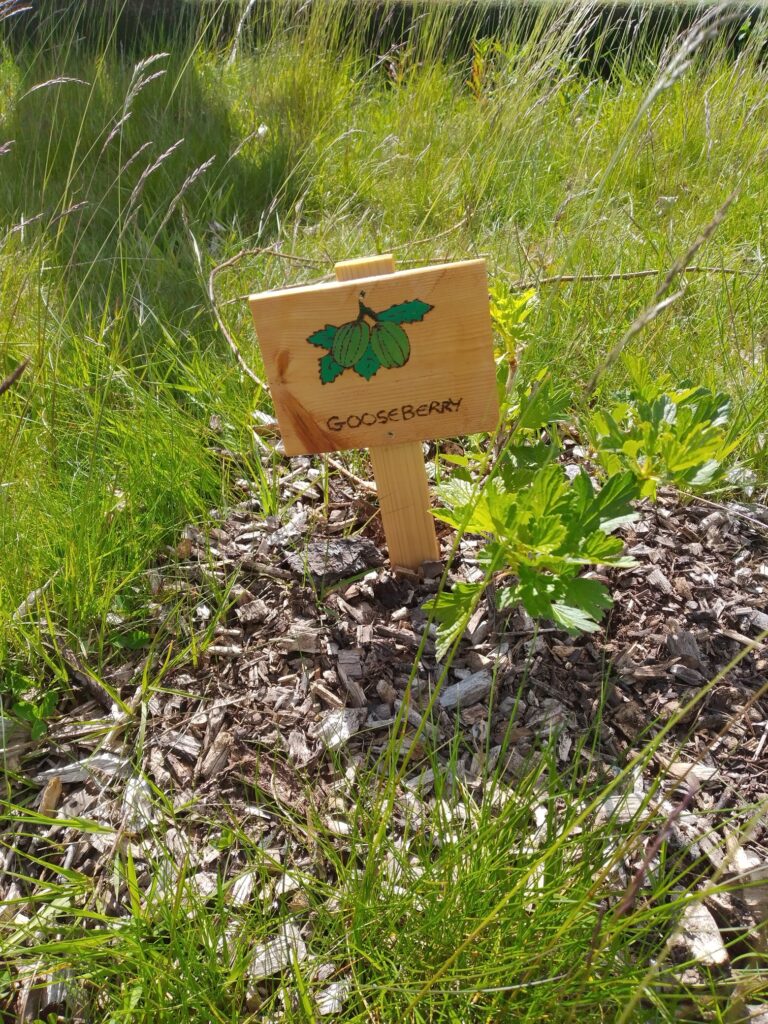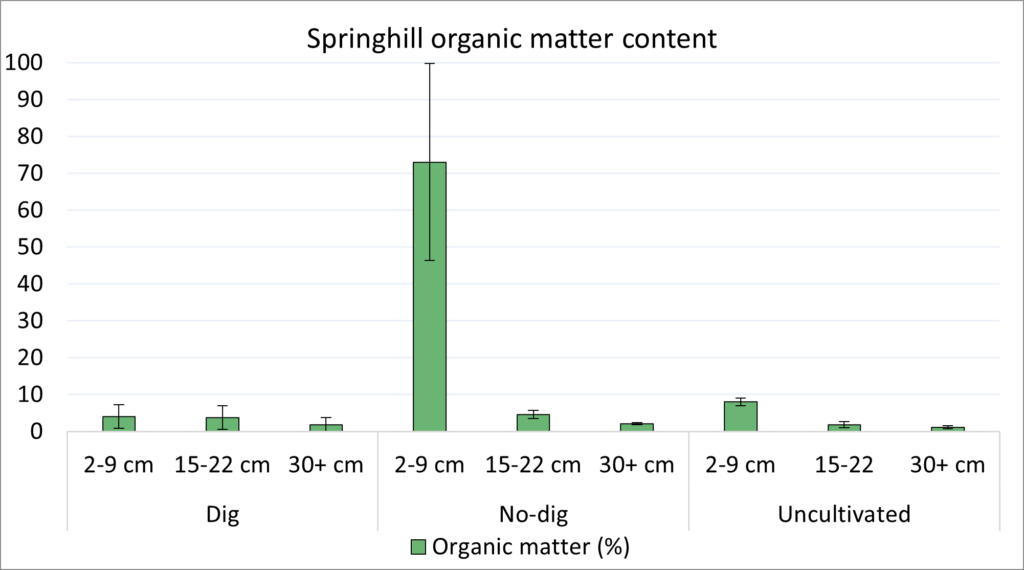Sharon shares her tips and experiences here

Background
Sharon and the small team of regulars have been working on the community garden since 2020. Unlike the well-established allotment sites, a lot of background work was required by the team to acquire the disused bowling green. To obtain official permission to use the site they first had to set up a committee and go through numerous unknown procedures. They also weren’t allowed to get the team together for much of 2020 as lockdown regulations were different than for individual allotments.
The hard work is now starting to pay off with the addition of more raised beds for growing. This year they have expanded into ground plots where they are beginning to build up the organic matter in the sandy soil. As the site was previously a bowling green, the drainage rates are faster than is ideal for cultivation.
As a community garden, interested members of the public are welcomed to join in, and the group invites other community groups to benefit from the experience of outdoor growing and being part of a social group. The group have also been actively involved Aberdeen’s Community Garden Festival over the past two years and have visiting school groups.
Produce
It’s still early days for edibles, as a lot of ground work and construction of raised beds and fences were required for start-up. However, this year the team are growing strawberries, raspberries, gooseberries, potatoes, carrots, lettuce and other salad veg, kohl rabi, sweetcorn, herbs, asparagus, beans and peas.
Soil and allotment maintenance
The team are tackling the site’s fast-drainage with the introduction of lots of compost to help with water retention and have managed to obtain large water butts. The raised beds are full of brought-in compost from the council, while the dig beds have received horse manure and council green waste, with some having a top dressing of wood chips. They are also experimenting with coffee grounds in a sub-section of the plot. They are still trying to figure out why some of the plants didn’t look happy last year, with competition from grass and poor soil nutrients being the main suspicions.
With some members of the team having a farming background, they have some general knowledge about soil and growing. Sharon guessed that the pH of the site is quite low due to the sandy soil, and is correct as can be seen in the soil data below. She feels that a healthy soil looks and feels brown with a good texture. She has observed that there weren’t many worms when they first took on the site but they are starting to increase in numbers as more organic matter is brought in. Fortunately they haven’t seen any New Zealand flatworms yet.
Tips for new growers in North East Scotland
Sharon’s key advice is just try it. If it doesn’t work, try again slightly differently. There are more benefits to growing than successful crops. Talk to other growers and visit other gardens to see what works. Take your household organic waste to a place which could make good use of it. Check for green waste apps in your area which show you where you can take your compostable household waste to.
The community garden team have an unusual situation regarding the Aberdeen growing season. While many growers contend with comparisons to conditions in the south of England, Sharon and a fellow co-founder are accustomed to conditions in the Northern Isles, so are getting used to conditions further south.
Soil properties at Springhill Community Garden

(Error bars show standard deviation from the mean.)

(Error bars show standard deviation from the mean.) Note the extraordinarily high
levels of organic matter in the no-dig bed are those from the above-ground
compost-only layer of the raised beds.

litre of soil. (Error bars show standard deviation from the mean.)

The measure mg/L (milligrams per litre) gives the same figures when converted to g/m3 (grams per meter cubed). Note that soil properties may be highly variable within a short distance and figures given are not representative of the whole allotment site.
Return to an overview of all the sites and people.